Erotic art (2. part)
Renaissance
The period of the Renaissance was a time of flourishing of erotic art in Europe. It served mainly for the entertainment of the noble people. The most famous was the woodcut album I Modi, made in collaboration between the painter Giulio Romano, poet Pietro Aretino and engraver Marcantonio Raimondi. Romano's erotic sketches depicting sex between famous mythological couples and between individuals were banned. Despite the Vatican's objections, however, Raimondi revived them with prints and brought I Modi closer to the people.

The time of courtesans was also the time of nudes. Among some of the most famous artists were Rafael, Titian, and Boticelli. If Botticelli is best known for the Venus de Milo, Titian is renowned for the Venus of Urbino. It was considered his most controversial work, as the oil painting shows Venus without divine qualities lying on the couch in the palace and observing her viewer. She is relaxed but cheeky.

Some of Rubens's and earlier Bosch's works can also be considered as Renaissance paintings. The latter is best known for the Garden of Earthly Delights or the Garden of Hell's Delights. On it, you can find everything that was immoral in that period; intercourse between men and women, people playing with horses, birds, mermaids. If this work was typical of the early Renaissance, Rubens' s Leda and The Swan belong to the late. In the picture, Leda is having intercourse with the swan that Zeus transformed into to seduce her. And the long-necked lover, judging by the painting, succeeded.

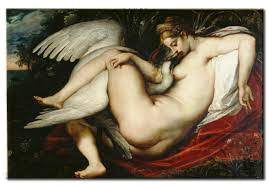
From the Renaissance to the early 20th Century
During this period, artists continued the Renaissance tradition. They painted many nudes; some even took a step further and started depicting sexual activities again, while in other paintings, the eroticism was disguised. During this period, obscene motifs were used by Jean-Honore Fragonard, Pablo Picasso, Egon Schiele, Gustav Klimt, Eduard Manet, Francisco de Goya, and Gustave Courbet.
Jean-Honore Fragonard – The Swing
Fragonard was active during the Rococo period and was quite scary for his time. Today we would probably label him as a weirdo drooling over young girls. Nevertheless, he became famous for his paintings. One of them is The Swing, a seemingly innocent image, but we can see a man who has a better view than us. The crotch of the girl on the swing is on his full display.

Francisco de Goya – The Nude Maja
Today, this work is described as the first nude of an everyday woman and the first painting in which pubic hair can be seen. Of course, this painting's display was prohibited by the Church, so the Spanish author preferred to create another one - The Clothed Maya..
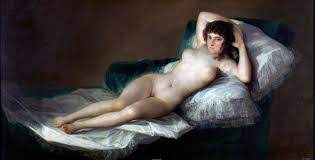
Gustav Klimt – “Frau bei der Selbstbefriedigung”
We all know this symbolist painter. If we don't have a copy of The Kisshanging on the wall, we've at least heard of it. However, many are unaware that we can also find drawings and paintings that explicitly illustrate sexuality in his opus. After all, Kiss , and Danae also have a substantial erotic charge, but they can't beat “Frau bei der Selbstbefriedigung” "Frau bei der Selbstbefriedigung" - Girl Masturbating, which you can see below. Do I need to say anything else?

Egon Schiele – Friendship
The Austrian expressionist, or better said, fighter against conservatism, was inspired by Gustav Klimt in his initial works, but he soon found his own artistic path. His paintings were characterized by the author's profligated life and open relationships. Most often, they feature:
"[…], extremely skinny and bony men and women in unnatural colors, with emphasized genitals, in absurd poses and with a provocative expression on their faces, […]"

Many art historians have debated Schiele's works - those who claim that sexuality is a metaphor for emotions and those who see in his works a provocative expression of the sexuality of a savage man and a great artist.
Edouard Manet – Olympia
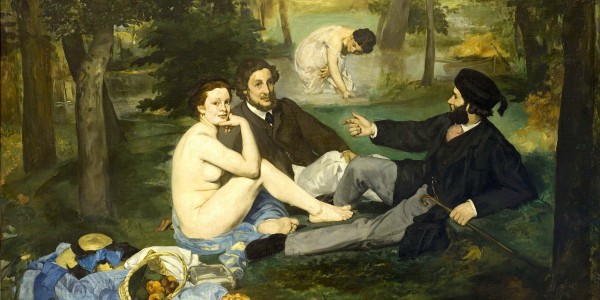
Today, Manet is described as a real-life painter. Although he was known for his Impressionist paintings, their leitmotif was everyday life. Also, his most famous controversial painting, Luncheon on the Grass , depicts a picnic of two men and two women in the woods. What bothered the nineteenth-century audience? That one of the women is entirely naked. Because it does not depict a character taken from mythology or allegory, but an unknown naked everyday woman, the painting was banned. However, this is not the only Manet's painting full of eroticism. Such is also Olympia, a portrait of a prostitute who, like Goya's The Nude Maja and Titian's Venus, is lying on the couch and showing off her body, only that Manet's Olympia is telling us: "So what? I don't give a damn."

Gustav Courbet – The Origin of the World
Courbet regularly painted female nudes, but he took a step forward with The Origin of the World. It anatomically shows the female sexual organs. Because of this, the painting immediately earned the status of a pornographic artwork. Despite that, I still admire this meticulously drawn peach.

Pablo Picasso – The Young Ladies of Avignon

Picasso adored sex, so it's no surprise that it also appears in his paintings. The most famous one is The Young Ladies of Avignon - five prostitutes from a brothel in Avignon. Despite the prominent motif, this picture attracts me the least of all the ones shown above. I even think cubism wants to hide sexual charge in a way.
Salvador Dali – The Great Masturbator
Dali was bolder than Picasso. He was always open in conversations about sexuality, and this attitude is also visible in his paintings. I admired the drawings in his house in Figueras. The male genitals were everywhere. That was all I could remember; even his most famous artworks disappeared from my head, including The Great Masturbator.
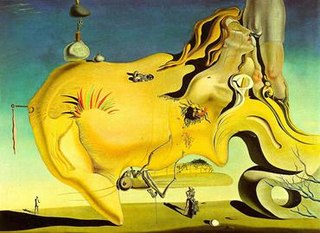
Modern Art
In the second half of the twentieth century, sexuality reached its peak in art. It became a leitmotif in photography, feminist works, sketches, graphics. It has often emerged as a political or social critique. Erotica and pornography began to be viewed through different glasses.
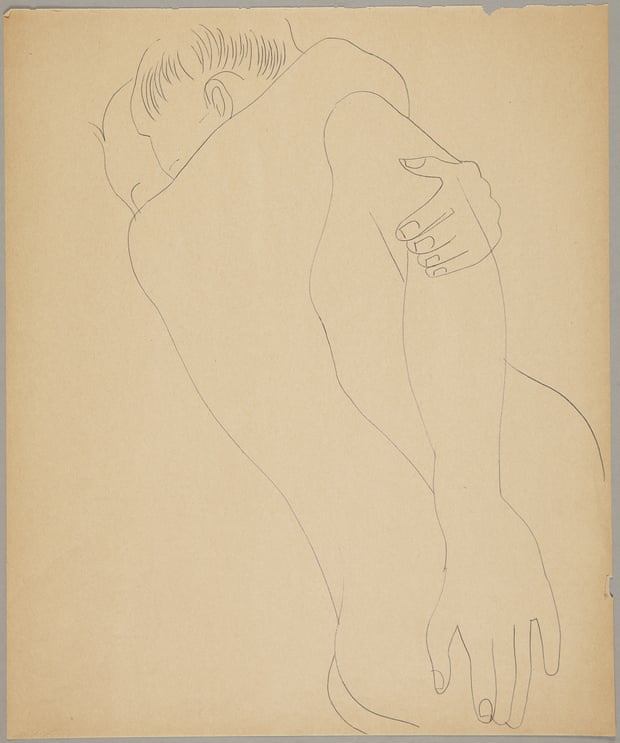

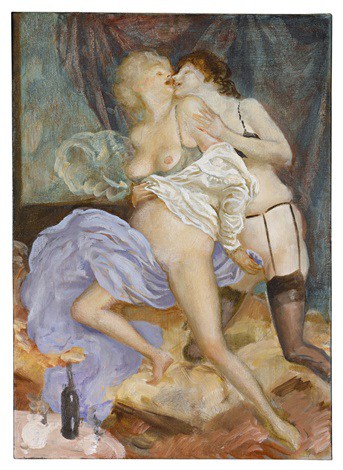
I started with the definition of pornography and erotica in art. I finished with some examples, which prove that we do not need an explanation of erotic or pornographic. Over the centuries, sexuality has been a part of human behavior, as evidenced by the works of both less and more famous authors. What do art and sexuality have in common? Boldness.
Sources:
- https://www.tate.org.uk/art/art-and-pornography
- https://en.wikipedia.org/wiki/History_of_erotic_depictions
- https://www.artspace.com/magazine/art_101/close_look/renaissance-porn-a-brief-history-of-the-european-erotic-nude-56174
- https://sl.wikipedia.org/wiki/Urbinska_Venera
- https://www.thesun.co.uk/news/2355219/pornographic-pompeii-wall-paints-reveal-the-raunchy-services-offered-in-ancient-roman-brothels-2000-years-ago/
- https://steemit.com/art/@steemswede/art-history-rodin-s-erotic-drawings
- http://www.mam.gov.mo/oldmam/photodetail.asp?productkey=2008041201066&lc=3
- https://www.divineyogastudiosf.com/single-post/2017/06/10/The-Origins-of-The-Kama-Sutra
- https://www.delo.si/kultura/razstave/provokativna-melanholija-egona-schieleja.html
- https://www.artsy.net/article/artsy-editorial-klimts-iconic-kiss-sparked-sexual-revolution-art
- https://www.artspace.com/magazine/art_101/book_report/10-contemporary-erotic-artworks-from-some-of-todays-most-known-artists-56234
- https://www.theguardian.com/artanddesign/2020/feb/16/andy-warhol-1950s-erotic-drawings-men-shown-for-first-time-london-tate-modern





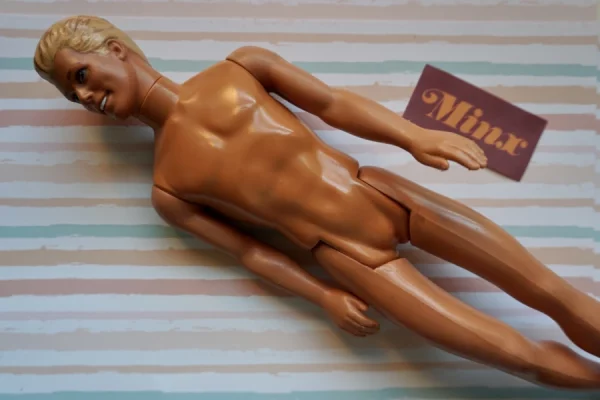



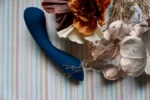







-0 comments-